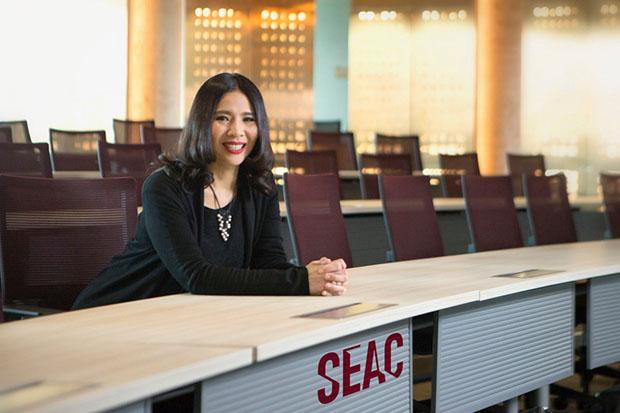Surviving the disruptive era with creativity
By Arinya Talerngsri (as featured in Bangkok Post 11/27/2017)
In last week’s article I emphasised that in today’s world where digital disruption is so prevalent, in order to stay relevant or stay ahead of the market, we need skills better suited to this fast-paced and changeable environment. Creativity and creative thinking top the list.
In fact, an IBM survey of 15,000 CEOs worldwide supports the conclusion that creative thinking is the most sought-after leadership capability today and will be in the future. Also, reports on management excellence from McKinsey to KPMG state that creativity among the workforce is a basic requirement for long-term business success.
Why? Simply put, let me ask you this: Have you ever heard of a business that had great success without any creative or innovative ideas? The chances that you have are thin to none, because creativity and innovation are what make most businesses flourish.
Creativity is also a driver for economic and social development. Creativity, along with complex problem solving and critical thinking, are the three most important skills a child needs to thrive according to the “Future of Jobs” report by the World Economic Forum.
The good news is, we are all born creative and our IQs are actually increasing with every generation. But there is also some bad news — as our IQ increases, our CQ (Creative Quotient) is declining.
Every child begins the journey through life with incredible potential — a creative mindset that approaches the world with curiosity, with questions, and with a desire to learn about the world and themselves. However, this mindset is often worn down or even erased by conventional educational practices when children enter school and start to encounter other roadblocks along the way in the working environment.
According to the World Economic Forum, the Torrance Test of Creative Thinking is often cited as an example of how children’s divergent thinking diminishes over time. It found that 98% of children in kindergarten are “creative geniuses” — they can think of endless variations on how to use a paper clip, for example. However, this ability is reduced drastically as children go through the formal schooling system and by age 25, only 3% remain creative geniuses.
Andrew Grant, the CEO of Tirian, an international innovation and leadership training consultancy, elaborated on the causes of this decline during the event “Entering a New Reality” that my company held last month. He explained how his diagnostic experiential learning tool had identified the key “suspects” that are responsible for killing creativity in adults:
“The 7 murder culprits are the control crew, the fear family, the insulation clique, the narrow-minded mob, the apathy clan, the pessimism posse and the pressure pack. These fictional characters, though very real in our lives, can get into your heads, block the creative thinking process and in turn prevent the organisation from reaching its full potential.”
To make matters worse, as I mentioned previously, we live in a world where we are educated and then go out to work in a conformist environment. We are moulded and expected to do things a certain way that restricts and diminishes our natural ability to be creative.
The simple fact is, this conformity is killing creativity; however, there is hope. We can bring our creativity back to life. Once we understand what is impeding our creativity, particularly within organisations, we can find solutions to foster an environment that promotes creativity as a way to generate fresh ideas better, faster and more cost-effectively, which is vital in today’s business environment.
All in all, I’d say we need creativity now more than ever. Faced with the so many challenges from disruption, we need ideas that reach far and disrupt the status quo.
Arinya Talerngsri is Chief Capability Officer and Managing Director at SEAC (formerly APMGroup) Southeast Asia’s leading executive, leadership and innovation capability development centre. She can be reached on www.linkedin.com/in/arinya-talerngsri-53b81aa
This article appeared in Bangkok Post (11/27/17)



